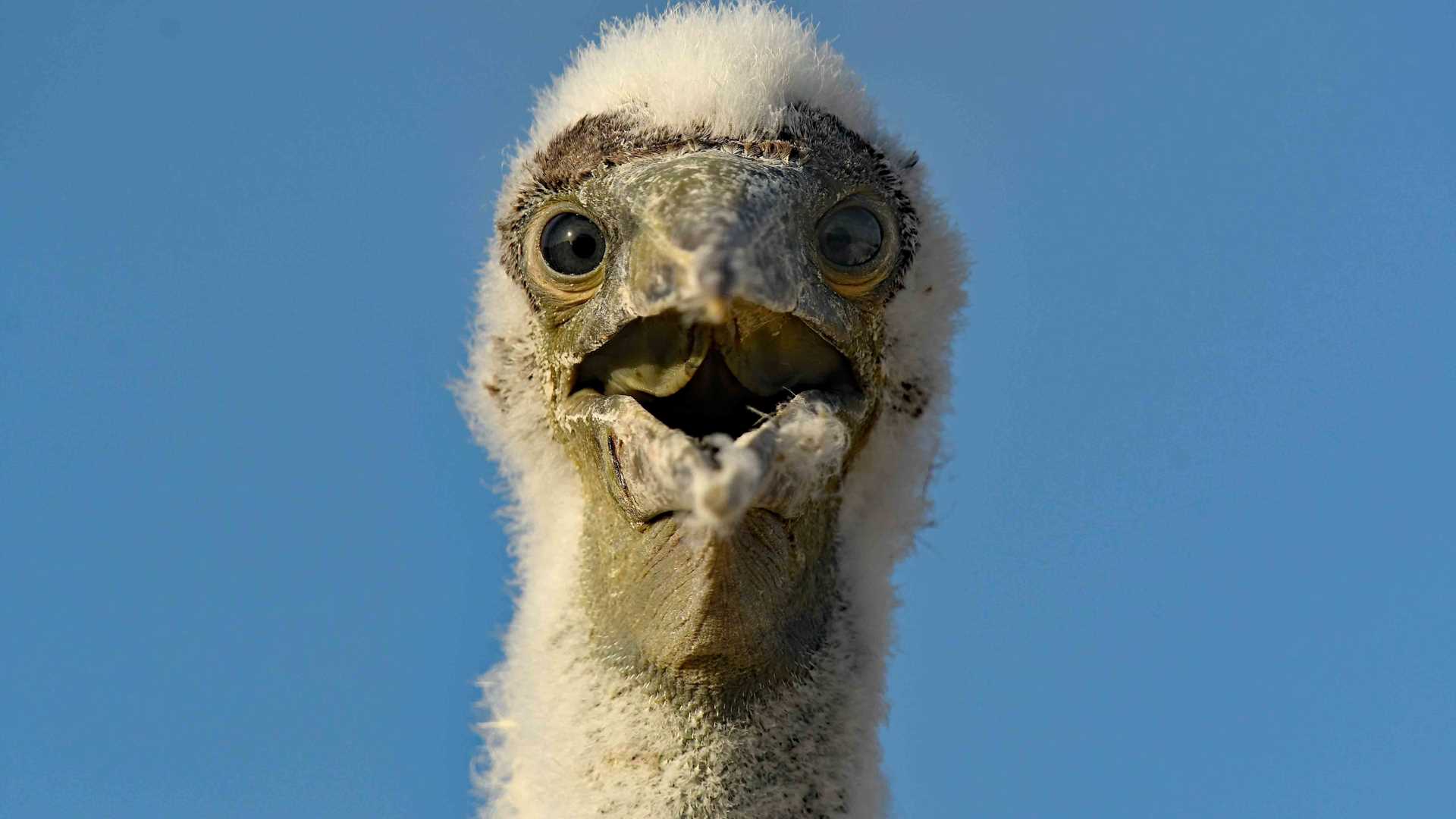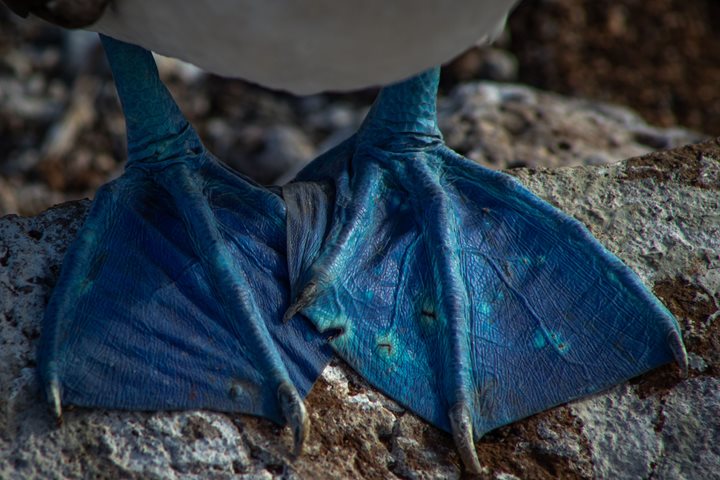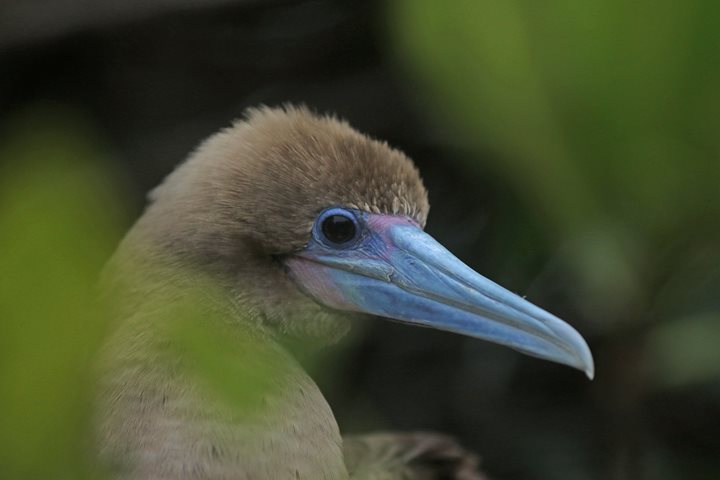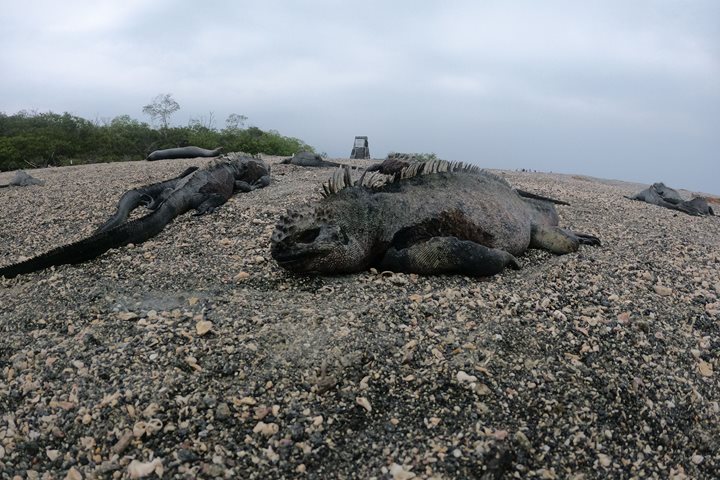March is when many animals in the Galapagos are mating or reproducing; everywhere you go, you see baby sea lions, fledgling finches, juvenile Nazca boobies, iguanas digging a hole to nest etc. Our week commences with all these features, and we are eager to explore the enchanted islands. We began by visiting Española, one of the oldest islands of the archipelago. Espanola is also one of the most beautiful islands of the Galapagos. National Geographic Islander anchored at Gardner Bay, surrounded in turquoise waters and two sandy beaches. After breakfast our guests were informed on water activities, then at 9:30 a.m., one group of guests went deep water snorkeling around Gardner Islet, while another group went to the beach where a big group of Galapagos sea lions and Española mockingbirds welcomed them. We had a lot of fun during our various outings; the Galapagos has unique animals found nowhere else, and because there is no fear of humans, visitors can enjoy this wildlife very closely.
Later, we had a wonderful Ecuadorian lunch. It included a great variety of traditional meals from the coast and the Andes of this beautiful country, including ceviche, llapingachos, suckling pig and delicious pastries.
In the afternoon, we set foot on Punta Suarez, a paradise for seabird observation. As we walked along the trail, we spotted a few of the large cactus finches, birds endemic to Espanola, lava lizards which are the largest of all lizards in this archipelago, the endemic Española mockingbird, and the famous Christmas iguana, known as such because of their green and red coloration displayed during the mating season (which is now). Marine iguanas from these islands are one of the seven species that exist in the Galapagos. Female marine iguanas were very active, digging their nests in open areas free of vegetation. We were able to witness several fights between females that were competing for space to dig their nests. We also observed several Nazca booby nests and chicks. Nazca boobies are one of the three species of boobies that breed in the Galapagos. At the end of the path, a great geological formation called “The Blow-Hole” was the final touch to an amazing walk.







